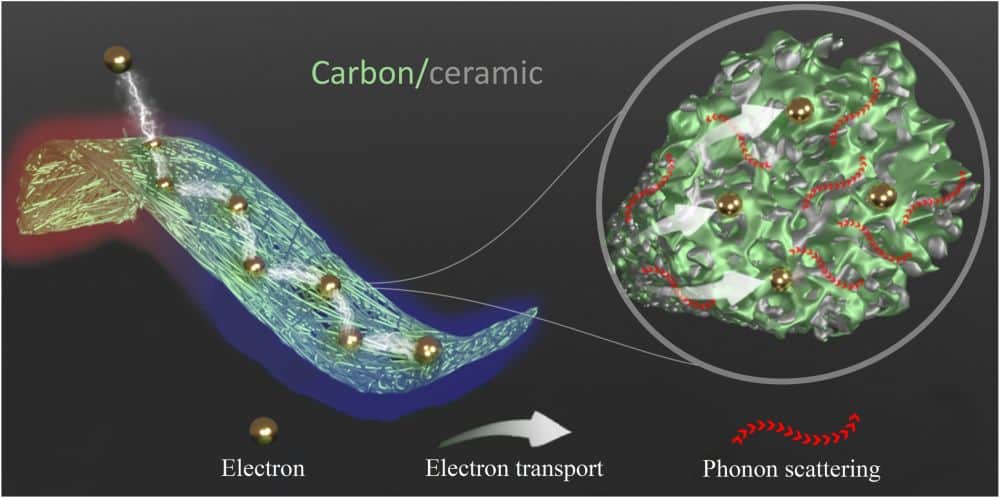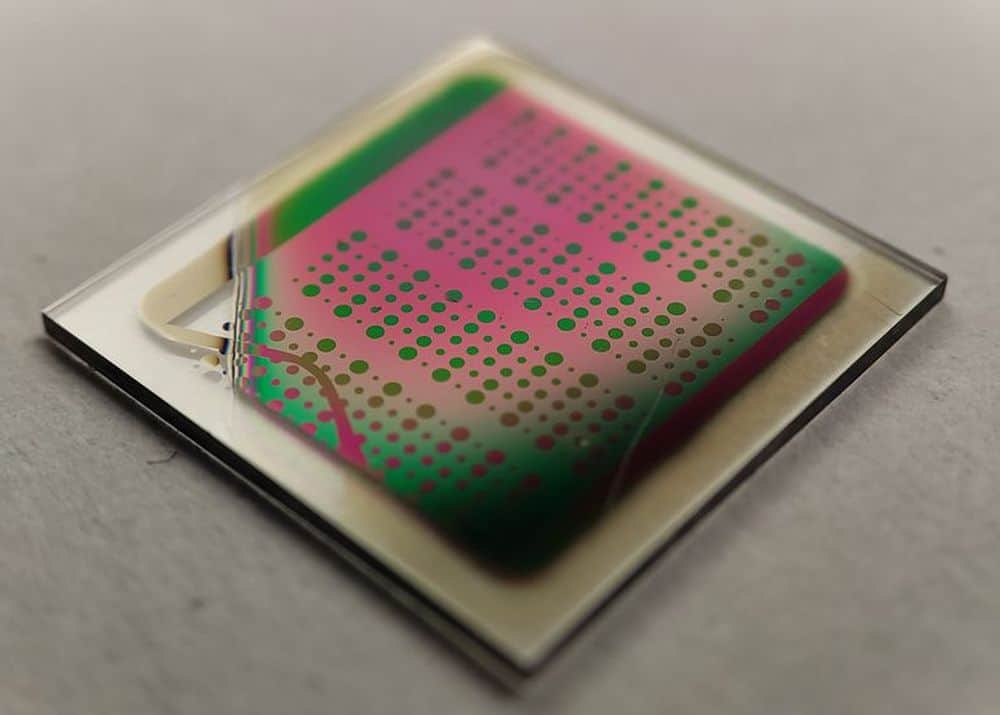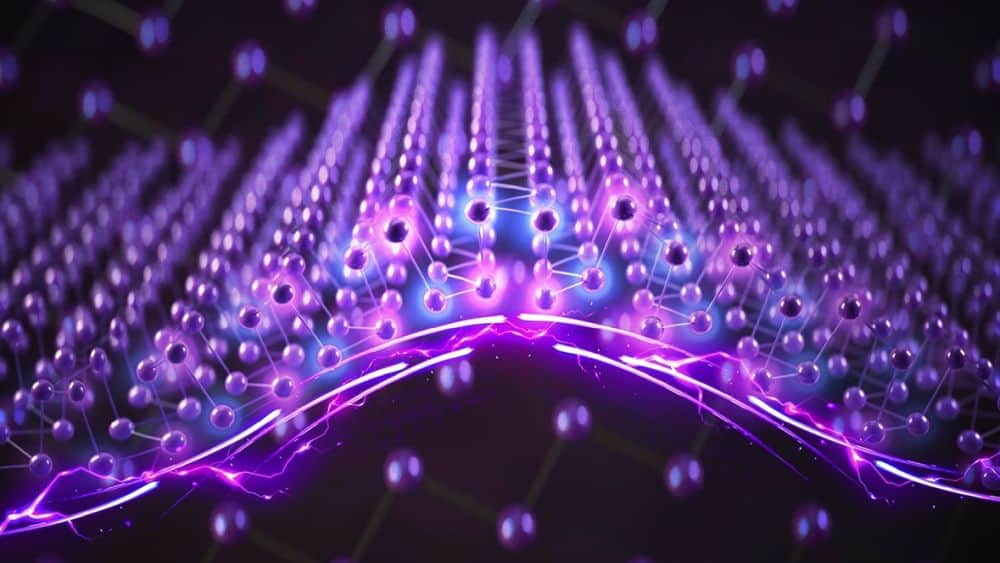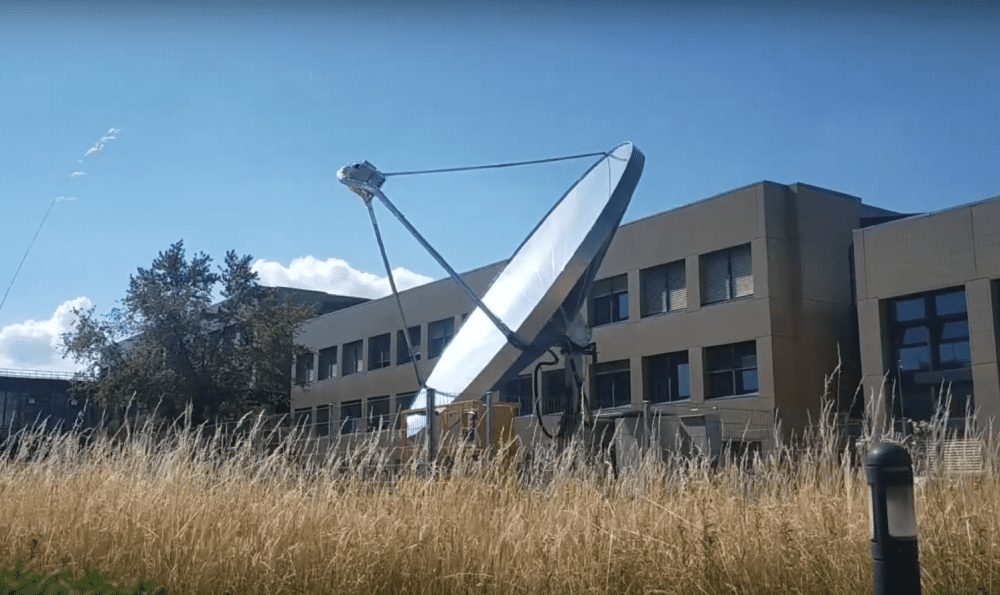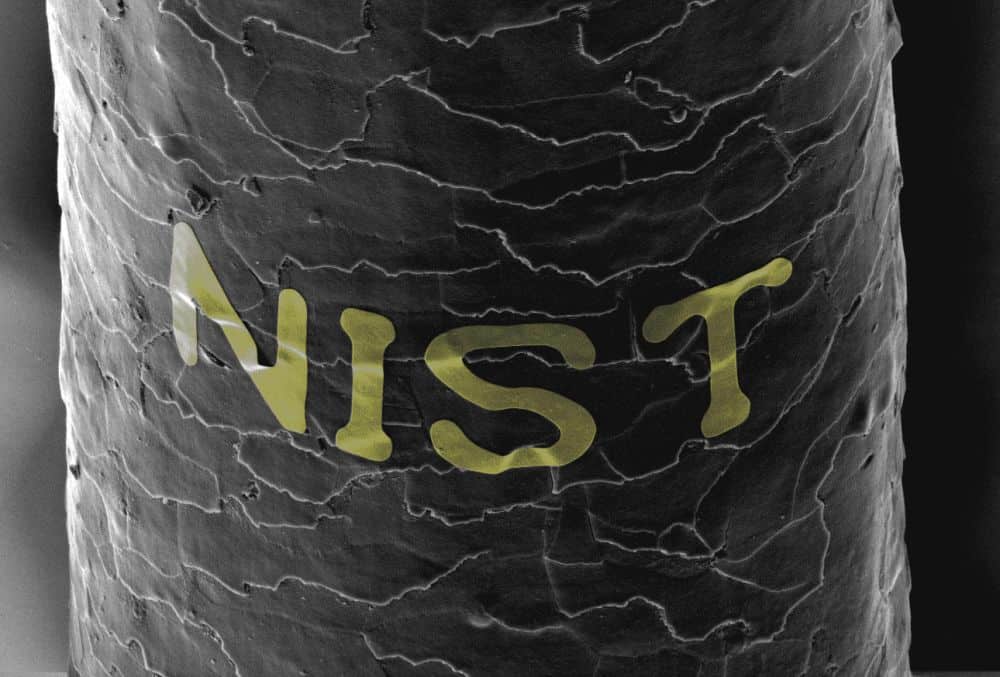As new energy conversion and miniaturized electronic systems are developed, it is desirable to have a material that exhibits both extremely low thermal and high electrical conductivities. University of Bayreuth researchers fabricated a flexible carbon/silicon nonwoven composite with such properties, as well as being flame resistant and thermally stable.
Read MoreSolid-state batteries are an emerging energy storage technology that are safer than conventional lithium-ion batteries. In an open-access paper, researchers at TU Wien demonstrated a novel solid-state battery composition that may offer certain advantages over other battery technologies—oxygen-ion batteries.
Read MoreFerroelectricity traditionally is believed to only occur in compounds. However, in the past decade, some theoretical works suggested that ferroelectricity is possible in certain elementary substances. Now researchers in China and Singapore experimentally confirmed ferroelectricity in monolayer α-phase bismuth.
Read MoreProducing hydrogen through water electrolysis is not yet financially viable due to challenges with scaling up the process. A concentrated solar power system developed by Swiss startup SoHHytec succeeded in cracking the 1-kW ceiling for the production of solar hydrogen.
Read MoreAll known piezoelectric materials to date are solids. But a shocking discovery at Michigan State University turns this conventional wisdom on its head. They observed the piezoelectric effect in two room-temperature ionic liquids, and this discovery could necessitate a modification of current piezoelectric theory.
Read MoreSmall scale, big discoveries: Reducing thickness of antiferroelectric films turns them ferroelectric
While size effects in ferroelectric materials have been extensively studied, there are far fewer studies on how structure and properties evolve in antiferroelectric materials with reduced dimensions. In a recent open-access paper, researchers report the surprising discovery that below a certain thickness, antiferroelectric films will become completely ferroelectric.
Read MoreTo celebrate the milestone of the 20th volume of the International Journal of Applied Ceramic Technology, the editorial team assembled a selection of journal papers representing the excellent work from the advanced ceramics community. The focus this month is ceramic matrix composites.
Read MoreMost explorations of plastic deformation in ceramics have focused on oxide systems. A recent study led by researchers at Tsinghua University in China demonstrated the possibility of plastic deformation in nonoxide ceramics as well, specifically silicon nitride, by harnessing a dual-phase structural configuration.
Read MoreThrough an accidental discovery, NIST researcher Gary Zabow discovered a new microprinting method based on sugar and corn syrup that allows microscale arrays to be deposited with precision on highly curved, complex surfaces.
Read More
